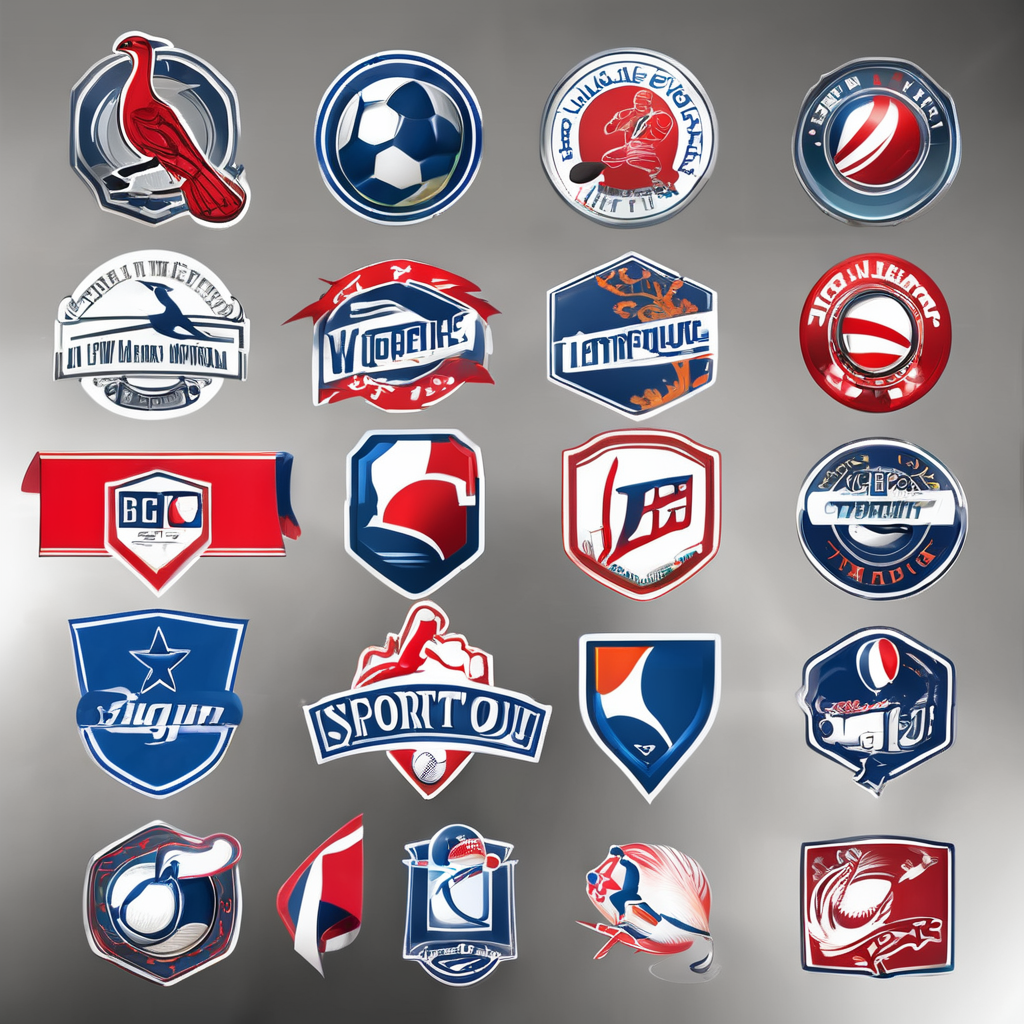Understanding Court Awareness
Court awareness is an essential component in basketball performance, significantly affecting how players adjust to and anticipate the game’s flow. At its core, court awareness involves understanding the positioning and movements of all players on the court at any given moment. This sensitivity enables players to make strategic decisions swiftly, fostering a smoother execution of plays.
Peripheral Vision and Gameplay
Key to enhancing court awareness is cultivating excellent peripheral vision. Peripheral vision allows players to observe a broader section of the court without needing to shift their focus from their immediate objective, such as handling the ball or focusing on the opponent in front. This skill improves reaction times, allowing players to identify opportunities for passes, detect incoming defenders, or spot open teammates.
Topic to read : Top off-season techniques for uk basketball players to maintain muscle mass
Examples of Notable Players
Many professional players are celebrated for their exemplary court awareness. These athletes seem to possess a sixth sense, effortlessly navigating the fast-paced environment of a game. Examples include Magic Johnson, whose innate understanding of court dynamics was pivotal to his skilful passing, and LeBron James, renowned for his ability to make split-second decisions that benefit his team. Their proficiency demonstrates how vital court awareness and peripheral vision are for optimal basketball performance.
Drills to Enhance Peripheral Vision
Enhancing peripheral vision in basketball is crucial for skill development. Effective vision training can improve a player’s awareness and decision-making on the court.
In the same genre : Enhance your fast-break skills: essential court vision strategies for uk basketball athletes
Vision-Tracking Drills
Vision-tracking drills are designed to challenge a player’s focus and engagement with their peripheral surroundings. These exercises require maintaining constant eye movement while keeping the head steady. Such drills can be seamlessly integrated into regular training sessions. Players often practice by following moving objects with their eyes, enhancing their ability to follow the game’s fast pace without needing to frequently move their heads.
Partner-Based Drills
Incorporating partner-based drills increases dynamic awareness and fosters essential team communication. These exercises enhance anticipation and coordination between players. For example, one drill may involve a partner making unpredictable movements requiring quick adjustments. Importantly, improvement is often assessed through feedback, allowing players to refine their techniques.
Incorporating Video Analysis
Video analysis is key in marrying what players learn through drills with real-game scenarios. By reviewing game footage, players learn from visual cues exhibited by successful players. Self-assessment through video analysis encourages players to correct and enhance their on-court decisions, facilitating a deeper understanding of how peripheral vision impacts decision-making.
Tips for Integrating Techniques into Training
Incorporating advanced basketball techniques into a player’s training regimen is essential for skill development and performance enhancement. A structured training schedule should be devised to include targeted drills that prioritize peripheral vision. Players can benefit from exercises that require them to keep their eyes on the ball while remaining aware of teammates and opponents in their field of vision. This not only sharpens situational awareness but also enhances reaction times on the court.
To foster consistency, it is crucial to remind players regularly to practice awareness during drills. Visual or verbal cues, such as calling out a player’s name during a pass or maintaining eye contact, can be effective methods. By embedding these reminders into practices, athletes gradually develop a more instinctive awareness of their surroundings.
Consistent and gradual progression is vital. Sudden, intense changes in a training regimen can lead to fatigue or injury, potentially hindering development. Therefore, techniques should be introduced in manageable increments, allowing players to adapt physically and mentally. Over time, these consistent efforts cultivate stronger, more resilient athletes who are adept in various game scenarios.
The Role of Coaching in Peripheral Vision Training
Creating a culture of awareness through effective coaching is vital in peripheral vision training. Coaches play a significant role in nurturing players’ vision skills, using coaching strategies that revolve around consistent encouragement and structured routines. By integrating these techniques, coaches can build a team’s alertness and responsiveness to their surroundings.
To start, coaches should incorporate exercises that push players’ visual limits. Drills like peripheral awareness exercises and reaction games help. Coaches can also utilize training guidance through regular demonstrations and practical sessions. By physically showing the desired action, learners see the correct form and process, embedding these skills into their practice.
Another important tactic involves beneficial feedback methods for player improvement. Constructive feedback should be specific, timely, and focused on enhancement. Such communication not only motivates, but also points out correct techniques, opening windows to discuss areas that need attention.
Finally, fostering open communication channels between players and coaches is essential. This encourages players to express difficulties encountered during exercises, enhancing the coach’s ability to tailor the training for better player development. By holistically approaching peripheral vision training, coaches ensure they support each player’s journey towards heightened awareness on and off the pitch.
Reviewing Progress and Adjustments
It’s crucial to conduct regular performance reviews to track player progress in peripheral vision skills. These reviews assess potential gaps in skills and help determine if any training adjustments are necessary. One effective method is to use drills that replicates game scenarios, observing players’ ability to see and react to stimuli outside their central field of vision. Numerical scores and qualitative assessments provide a comprehensive view of each player’s abilities.
The importance of adapting techniques can’t be overstated. Every player is unique, and the skill assessment should reflect that by tailoring exercises to individual needs. For instance, some players might excel with dynamic visual acuity, while others may require focused practice on spatial awareness.
Encouraging a growth mindset through continuous assessment is also beneficial. By emphasizing progress over perfection, players remain motivated and open to feedback. Highlight successes and identify improvement areas, fostering an environment where mistakes are seen as learning opportunities.
This consistent evaluation nurtures self-improvement and optimizes training effectiveness, ensuring that players not only maintain but enhance their peripheral vision skills over time.











